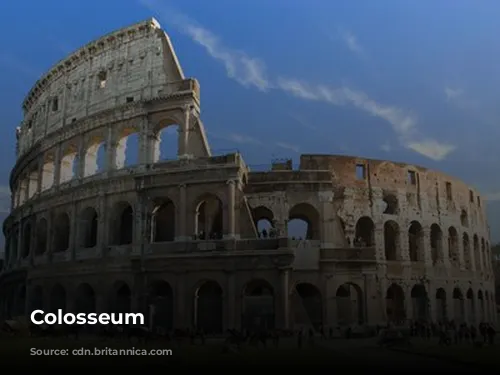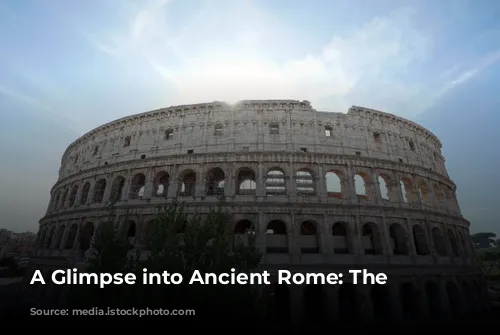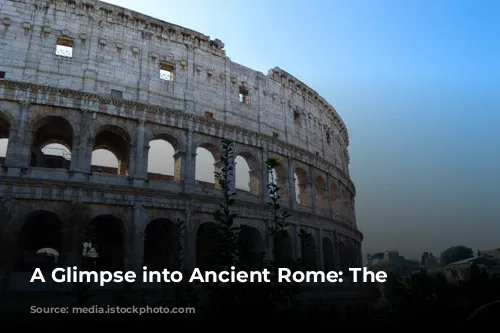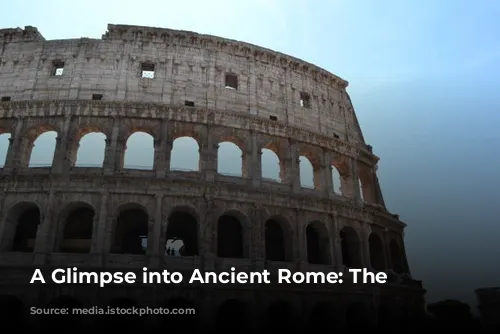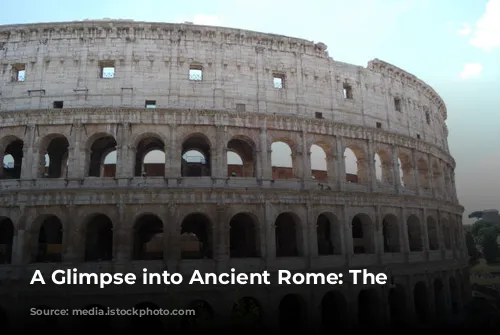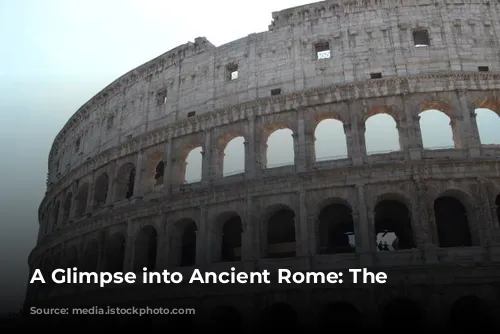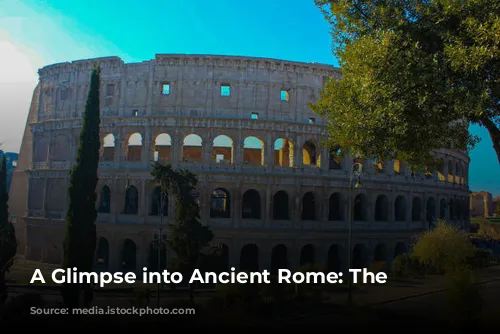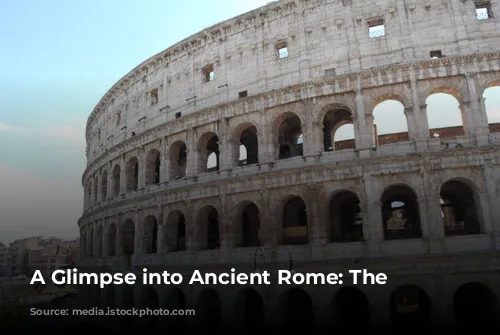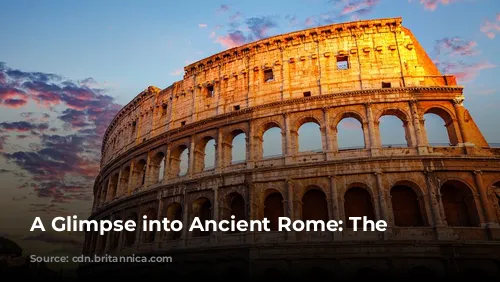The Colosseum stands as a magnificent testament to the architectural brilliance and engineering prowess of the Roman Empire. This iconic structure, one of the few that remain largely intact, continues to enchant visitors with its grandeur. Beyond its historical significance, the Colosseum plays a crucial role in modern Italy, generating substantial tourism revenue. In 2018, the Colosseum, along with the Roman Forum and Palatine Hill, collectively drew in over €53.8 million, making it the most profitable tourist attraction in the entire country.
The Colosseum’s journey has been marked by periods of both glory and neglect. After the fall of the Western Roman Empire, the once-grand arena fell into disrepair. The Frangipane and Annibaldi families, powerful Roman families, transformed the Colosseum into their fortress during the 12th century. In the late 15th century, Pope Alexander VI even sanctioned the use of the Colosseum as a quarry! For over a millennium, the Colosseum suffered from a lack of care and maintenance. However, the tide began to turn in the 1990s with the launch of state-funded restoration efforts.
From Entertainment to Restoration: The Colosseum’s Story
The Colosseum’s construction marked a significant moment in Roman history. It was built in the aftermath of the tumultuous “Year of the Four Emperors” in 69 CE as part of an imperial campaign to revitalize Rome. Like other amphitheatres, the emperor Vespasian envisioned the Colosseum as a center of entertainment, hosting a captivating mix of gladiatorial combats, animal hunts, and even mock naval battles.
The construction of the Colosseum began under the reign of Vespasian, spanning from 70 to 72 CE. The completed structure, dedicated in 80 CE by Vespasian’s son and successor, Titus, stood as a monument to Roman power and ambition. The Colosseum’s fourth story was later added by Emperor Domitian in 82 CE. It is important to note that the funding for the Colosseum came from the spoils of war, specifically from Titus’s conquest of Jerusalem in 70 CE. Sadly, the construction workforce included enslaved Jews from Judea.
Architectural Marvel: The Colosseum’s Design and Construction
The Colosseum, also known as the Flavian Amphitheatre, is a truly impressive architectural achievement. This elliptical structure, built by the Flavian emperors, combines stone, concrete, and tuff to create a monumental four-story edifice. Its sheer size is awe-inspiring: 620 by 513 feet (189 by 156 meters), with a capacity to hold a staggering 50,000 spectators. The Colosseum was renowned for its use in gladiatorial combat, making it a symbol of Roman spectacle and entertainment.
The Colosseum stands as a testament to the ingenuity and ambition of Roman engineering. Situated just east of the Palatine Hill, on the grounds of Nero’s former Golden House, the Colosseum replaced the artificial lake at the heart of the palace complex. This decision was not only practical but also symbolic, as Vespasian, who ascended to the throne from humble beginnings, chose to replace a symbol of tyrannical rule with a public amphitheater for the enjoyment of the Roman people.
A World of Spectacle: The Colosseum’s Function and Legacy
The Colosseum was more than just a building; it was a stage for some of the most spectacular events in ancient Rome. Its official dedication in 80 CE by Titus was marked by a grand celebration lasting 100 days, filled with games and entertainment. The Colosseum differed significantly from earlier amphitheatres, which were often built into hillsides for support. It stands alone, a majestic structure of stone and concrete, utilizing a complex system of barrel vaults and groin vaults to achieve its impressive scale. The Colosseum’s exterior features three levels of arcades adorned with engaged columns in the Doric, Ionic, and Corinthian orders, setting a standard for Renaissance architectural design known as the “assemblage of orders.”
The Colosseum was designed to accommodate and protect its vast audience. The structure’s main framework and facade were built with travertine, while volcanic tufa formed the secondary walls. Concrete made up the inner bowl and arcade vaults. A massive retractable awning, known as a velarium, shielded spectators from the sun. This impressive feat of engineering required hundreds of Roman sailors to operate the rigging that extended and retracted the awning.
The Colosseum was the epicenter of Roman spectacle, hosting a variety of thrilling events. The arena witnessed countless gladiatorial battles, encounters between men and animals, and even mock naval battles. The extent to which the Colosseum was involved in the martyrdom of early Christians remains uncertain.
From Glory to Ruin and Back: The Colosseum’s Transformation
The Colosseum has witnessed both grandeur and decay throughout its long history. In the medieval era, it was repurposed as a church, then served as a fortress for the powerful Frangipane and Annibaldi families. The Colosseum suffered from a combination of natural disasters, including lightning strikes and earthquakes, as well as human neglect, such as vandalism and pollution. Its marble seats and decorative elements were plundered, turning the once-majestic structure into little more than a quarry for over a thousand years.
However, the Colosseum has undergone a remarkable revival. Serious efforts to preserve the Colosseum began in the 19th century, led by Pope Pius VIII. The 1990s witnessed a major restoration project, breathing new life into this architectural gem. Today, the Colosseum remains one of Rome’s most cherished tourist attractions, welcoming close to seven million visitors each year. Regular exhibitions offer insights into the culture and history of ancient Rome, keeping the spirit of this magnificent monument alive.


